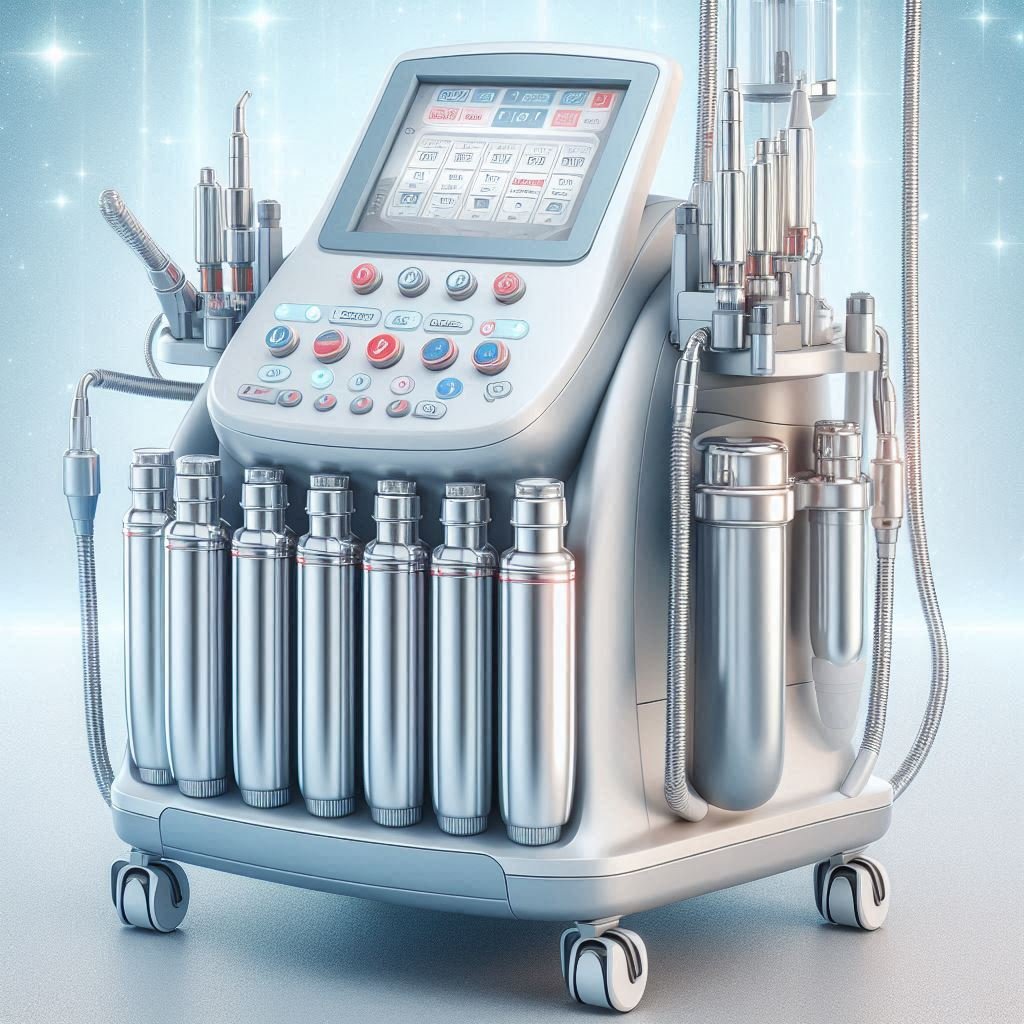
When I initially read the article on a newer fat melting procedure, I thought “Oh boy, here we go again, another gimmick in the world of fat loss”. Whenever I hear the words “melt” and “fat” in the same sentence, call me crazy, but I tend to be a bit skeptical because we all know that you cannot melt the fat off or out of your body, no matter how badly we’d all like to at times.
However, upon reading a bit more, I realized that this newer termed procedure to get rid of smaller pockets of body fat, called Lipolysis, is much like another, fairly controversial, method of fat and celllulite removal called Mesotherapy which originated in France years ago.
The common theme to these procedures is that they both use injections that are administered subcutaneously, which release varying mixtures of substances they claim destroy fat cells and rid the treated areas of bulges and excess inches.
Practitioners of Lipolysis and Mesotherapy are careful to say that it is not a weight loss method, but rather a body sculpting method, which will help to sculpt the body, and mold it by getting rid of stubborn areas, such as belly bulges, under-chin fat which tends to be extremely stubborn, and areas of the arms and sides of the belly that have that fat that never seems to budge.
The main difference between Lipolysis and Mesotherapy as I understand it, is what is actually injected. Mesotherapy is a tad confusing, and I’m not even sure if they’ve divulged exactly what is in the solution injected with Mesotherapy, except to say that it is a natural, homeopathic mixture in a solution that destroys fat cells.
With Lipolysis, it is clear what actually goes into the solution injected into patients fatty areas, but critics say that it is not clear that there is any standard for mixing the solution, and one patient may get a higher concentration of one ingredient than another, since the solution is not yet FDA approved.
The solution is varying parts of the following ingredients : phosphatidylcholine, a soybean derivative, and sodium deoxycholate, a bile salt. The mixture is called PCDC, and it is mixed in pharmacies, however there is no standardization, which is why it is receiving a lot of criticism, mostly from the plastic surgery field.
Go figure. I’m sure some of the criticism has to do with the fact that this newer treatment may take business away from liposuction, which is only performed by board certified plastic surgeons, and that may be some of the reason for the heated debate over Lipolysis and other non-FDA approved fat reduction procedures.
But they also may have a good point in that the solution is not standardized, and the long term effects of Lipolysis have never been studied.
Results reported from Lipolysis have varied, as with many other comsetic procedures. Many women have reported excellent results, and would recommend it to anyone who’s looking for inch loss or spot fat reduction. Some say that the pain is more than minor with each injection, and there have been some reports of allergic reactions, as well as minimal results.
Almost every cosmetic procedure has some risk of allergic reaction or of simply not giving the results desired, so this is to be expected, and I do not think the amount of reports in this case warrant calling this procedure “ineffective” or “unsafe”, but the one thing that would concern me is that we are injecting an unstandardized solution into our bodies, and destroying fat cells by rupturing them.
Then where does the fat go after it is destroyed? If the fat catches in areas where it cannot be easily eliminated by the body as waste, this could also present a problem, and critics are quick to cite the fact that there are no concrete studies or evidence to show that the destroyed fat cells are processed and eliminated by the liver, as the advocates of Lipolysis claim.
So, onto another important point about Lipolysis. What is the cost? That is really on the forefront, since the cost benefit appears to be the reason that many women are choosing this over liposuction. That, and the fact that it is technically uninvasive since there is no surgery involved, and no downtime as with liposuction, which is considered to be a fairly painful surgery with a long recovery time which minimizes life activities.
The cost runs around $1,000 to $3,000 per body area. I’m not exactly sure what that covers, but it no doubt ranges depending on where you live, since geographical area dictates the costs of elective cosmetic procedures most times. This could be considerably less than liposuction to eliminate stubborn fatty areas if it works, since it is both less time consuming and would most likely end up being more economical.
This procedure may be worth looking into if you have smaller, more concentrated areas of fat that won’t go away, but perhaps a little more time should pass, and even better, the process should get FDA approval, before this becomes the next big thing. After all, what good is looking great and feeling good if you’re unintentionally doing something detrimental to your body in the end?




